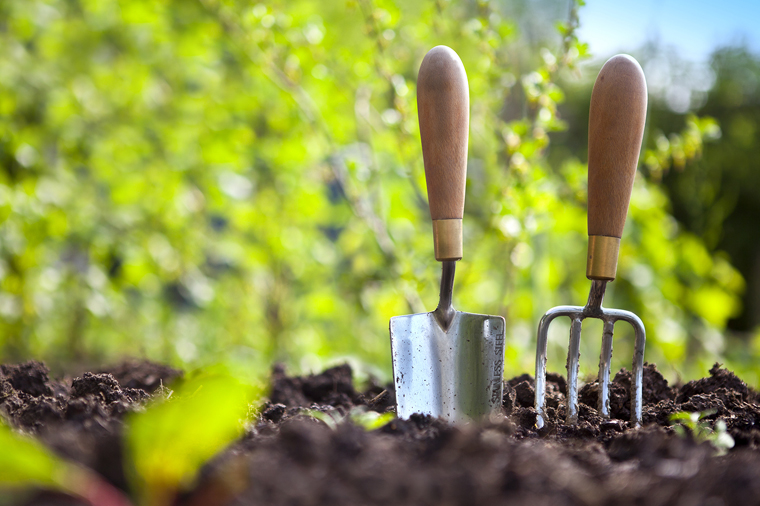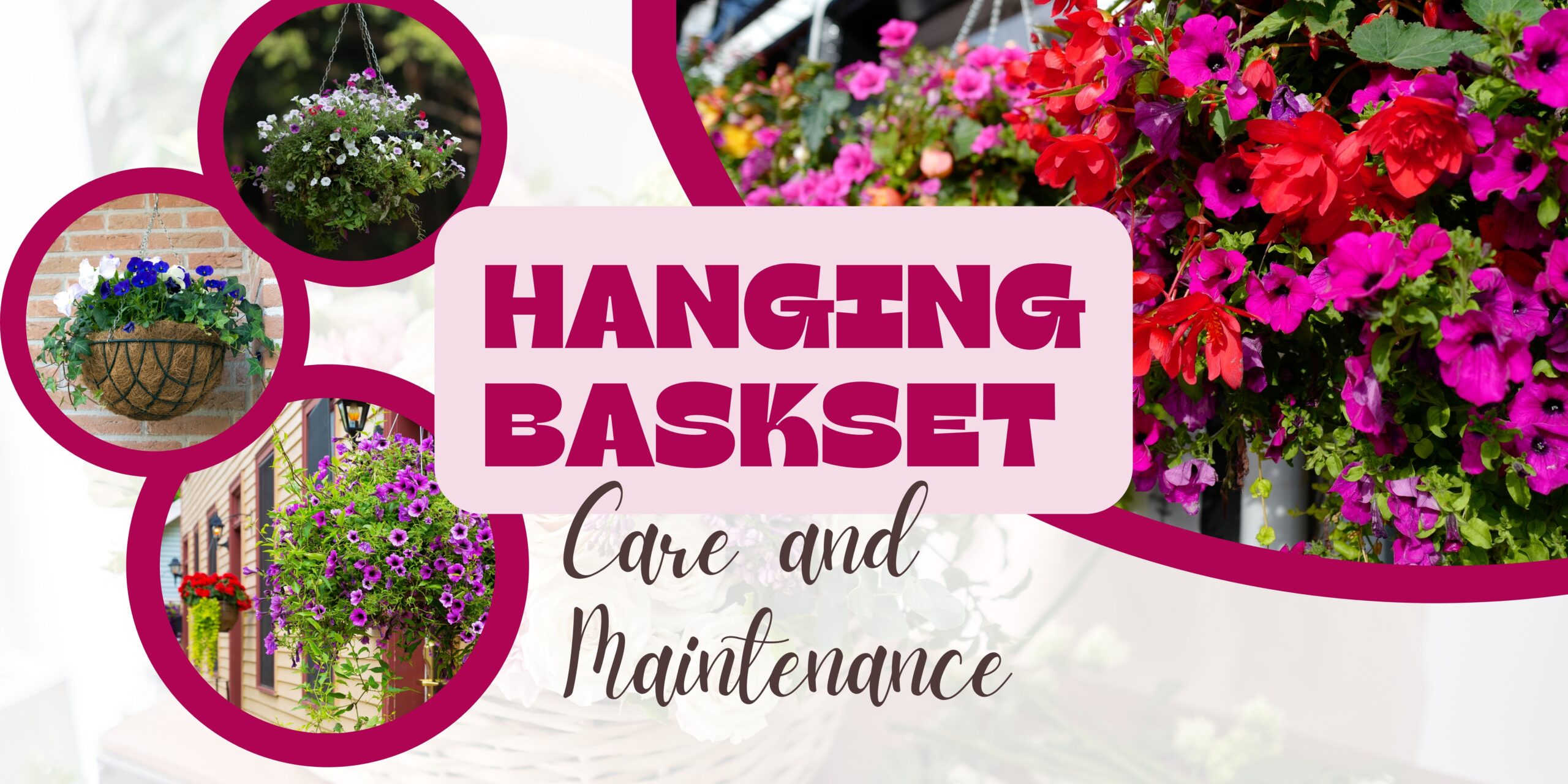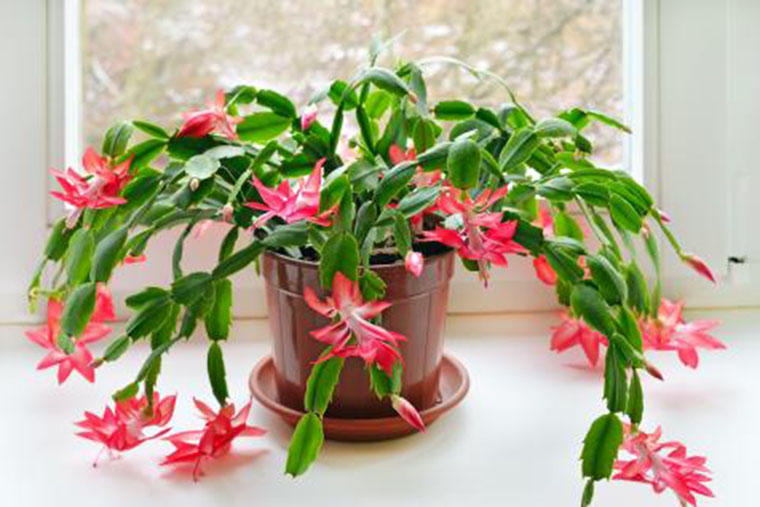How to Build Sustainably Healthy Garden Soil
What is No-Dig Soil Building
In short, it is the practice of creating sustainably healthy soil by building up rather than digging down. The “no-dig gardening” approach was pioneered in 1977, by Australian gardener and author Esther Dean. Since her book “No-Dig Gardening and the Leaves of Life” countless gardeners have built no-dig gardens worldwide. The technique has been thoroughly time-tested and proven to be an incredibly successful way to grow sustainable gardens.
No-Dig Soil Building by Another Name
Since then, gardeners have further developed the no-dig approach into several different gardening methods. Some of the most popular include Lasagna Gardening, Sheet & Mulch, Back to Eden, Core Gardening just to name a few. Hugelkultur is another method that uses the principle of no-dig soil building at its core, pun intended.
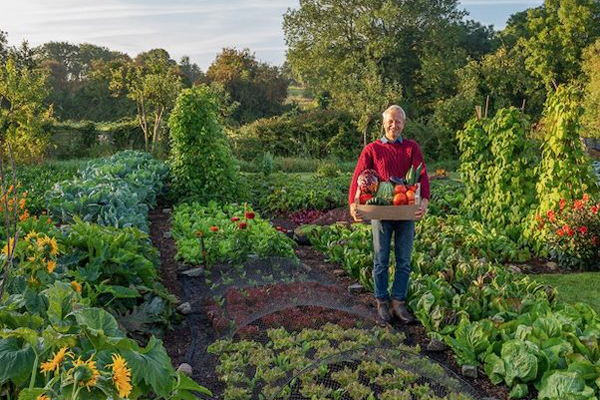
Why No-Dig Soil Building is Best
Most of us would agree, healthy plants require healthy soil. Traditionally, gardeners have mimicked methods used by farmers which often involve, tilling the land and using fertilizers to make sure their crops get the nutrients needed. However, in more recent years as our science and technology has evolved, so has our understanding of what soil is, what role it plays in our agriculture, and how our traditional methods have actually been working against us, not for us.
Healthy soil, undisturbed by man, is a complex ecosystem, teeming with diverse life. In one tablespoon of soil, there are about 50 billion microorganisms including, Bacteria, Actinomycetes, Fungi, Yeast, Protozoa, Algae, and Nematodes. In addition to the microbes, soil is also home to Arthropods, Insects and Earthworms. All of these life forms create a complex and diverse ecosystem that mutually benefit the plant life that grows from that soil.
Soil bacteria form a beneficial relationship with plant roots and fungi form a beneficial relationship with tree roots, both helping the roots effectively access nutrients. Other soil organisms carry out other important functions such as of nutrient cycling and improving the soil structure to aid water and air movement through the soil. When the soil’s complex ecosystem is in balance it enhances plant growth and decreases the chance of disease.
When soil is dug into and turned over, as it happens with tilling, the soil’s delicate ecosystem is exposed to air, wind and sun. Air and wind will dry out the soil, drying out the microbes with it, and the sun has harmful ultraviolet rays that will kill microbes that evolved to exist underground. By tilling soil, we are effectively killing to soil organisms and throwing the soil’s ecosystem completely out of balance. As a consequence the soil loses a lot of its natural nutrient content, especially carbon and nitrogen, and what nutrients remain become less bioavailable to the root systems. The soil will begin to lose its organic matter and will not retain water as well. Furthermore, the delicate soil structure is destroyed, compaction now more likely to occur, leading to hardpan formation and reduced water infiltration in the soil, which in turn can increase soil erosion.
Now, those of you who have farmed or know a farmer, or even an avid gardener, might have this question : “If all this is true, why do plants grow better after tilling?” It is true that in the season following a tilling, especially if tilling is not done yearly, the plants will grow better that year… and here’s why. When the soil’s ecosystem is overturned and all those microorganisms are killed from sun and air exposure, their bodies release nutrients back into the soil. So while its true the soil may become more nutrient dense in that year, the soil has also just become sterile preventing the soil’s natural nutrient density in future years until the soil’s ecosystem returns. In the meantime, while your soil is sterile, plants are worse off. They become more prone to disease and require more fertilization than they normally would. To further compound the problem, many chemical fertilizers often kill soil life, making it even more difficult to regain a healthy soil ecosystem.
For more on soil’s delicate ecosystem, we highly recommend Jeff Lowenfels’ book “Teaming with Microbes – The Organic Gardener’s Guide to the Soil Food Web” (not a paid advertisement, just a good book)
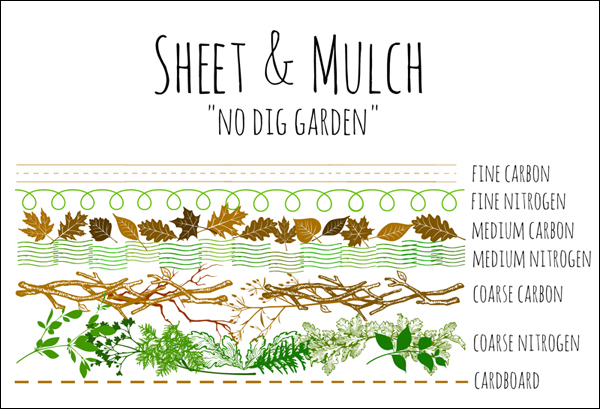
How to Build a No-Dig Garden
As mentioned previously, there are several methods that incorporate the no-dig principle, each offering its own unique method to build up sustainably healthy soil. For specific instructions, we recommend looking into several of these methods to see which one might work best for you. Lasagna Gardening, Sheet & Mulch, Back to Eden, and Core Gardening can all be done either as an open bed or within a raised bed structure. The common factor between all of these methods is to alternate layers of carbon and nitrogen rich sources.
Just as with building healthy compost, soil microbes thrive when they have access to both large amounts of both carbon and nitrogen. Carbon provides energy to the microbes, where nitrogen provides protein synthesis. When combined, microbes have the ideal environment to decompose both sources into nutrient rich organic matter. The same process happens on our forest floors. Have you ever walked through a forest floor and noticed how spongy and springy the soil is… that forest floor has likely been decomposing large quantities of carbon and nitrogen over hundreds of years and is essentially nutrient dense organic matter teeming with life. This is how mother nature creates her soil and we’re just following her design.
If you’re interested in learning more about no-dig gardens, we also highly recommend “The Complete Guide to No-Dig Gardening: Grow beautiful vegetables, herbs, and flowers – the easy way!” by Charlie Nardozzi (another non-paid advertisement for another great book!)
 |
| 
